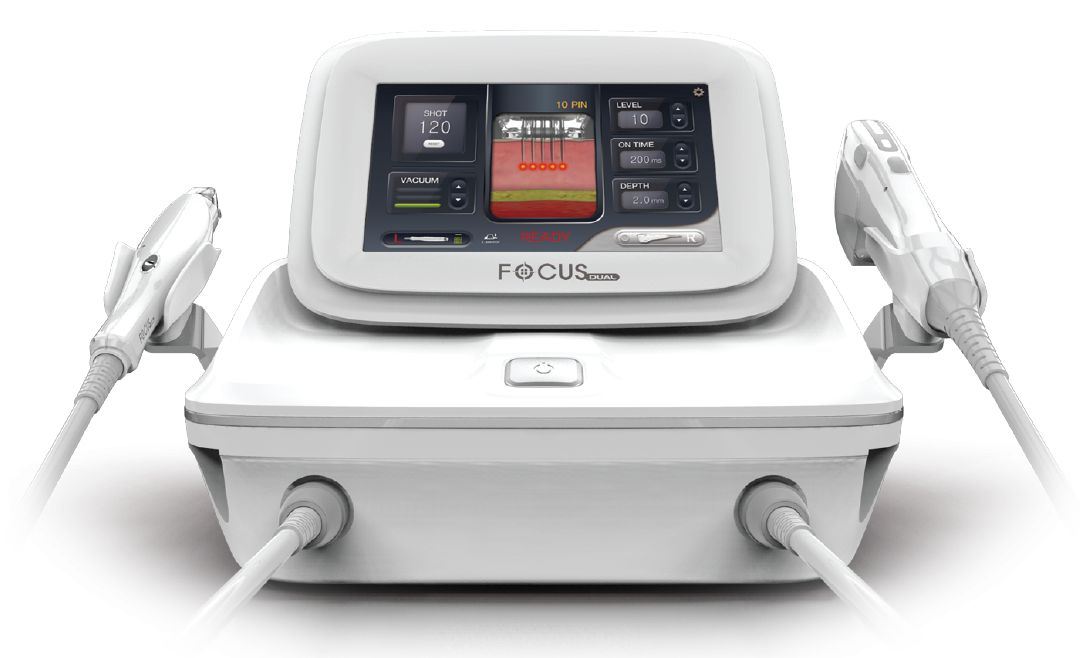Why do some people experience pain when they touch other people? Exactly how to handle it.
About one percent of the population suffers from neuropathic pain, which develops when an accident or disease causes disruption to the nerve system.
It is often not alleviated by the usual analgesic medications and may be much more sudden and severe than other forms of pain. However, neurostimulation therapy is increasingly being used as a treatment for neuropathic pain since it targets the nerve alterations itself.
Characteristics
When seen from a clinical standpoint, neuropathic pain is complex due to its wide range of expression in terms of severity, location, and duration. Pain from a nerve injury is often severe and piercing, so much so that it may be felt all the way to the bone. Pain may be described in a variety of ways; some people experience it as a throbbing, stabbing, or piercing sensation; others report feeling numb or heavy in certain areas of their bodies.
Pain from nerve damage is generally chronic, meaning it won’t go away on its own, and it may have a major influence on a person’s quality of life. The disease may be difficult to treat, especially if conventional painkillers are ineffective.
Categories: Stimulus-dependent and Stimulus-evoked
Generally speaking, neuropathic pain may be either stimulus-evoked or stimulus-independent.
Stimulus-evoked pain is made worse by motion or contact. Stimulus-independent pain, on the other hand, is not impacted by such motions or touches but may still be mild to severe and intermittent.
Mechanism
When the nerves responsible for relaying pain signals are damaged or impaired, which might happen as a consequence of injury or disease, neuropathic pain can develop. Nerves are compromised when they are pinched, entrapped, severed, damaged, or stretched.
The nociceptive pain pathway alerts a healthy individual to the presence of potentially harmful stimuli, such as cold or heat, in order to take appropriate protective action. The neurons in the nervous system transmit this information from the nociceptors at the stimulus location to the brain.
Pain signals may be continuously or intermittently triggered in the absence of unpleasant stimuli if the nerves involved in pain signalling are damaged.
The onset of neuropathic pain may be the result of many different types of nerve injury.
- Alcoholism
- Infections
- Toxic Exposure
- Toxic Substances
- HIV
- Inflammation
- Autoimmune Disorders
- Causes include: an inadequate diet and post-treatment pain.
- Trigeminal neuralgia and surgery
Management
Paracetamol, aspirin, and ibuprofen are often ineffective for neuropathic pain, although they may help with nociceptive pain. This is because neuropathic pain is caused by a different mechanism than other types of pain, and neurostimulation is typically an effective way to treat it.
Microelectrodes are used in neurostimulation treatment to transmit weak electrical impulses to the epidural space of the central nervous system. The goal of the therapy is to alleviate neuropathic pain and return patients to normal sensibility.
Neurostimulation treatments have widely varying success rates. However, neuropathic pain has considerably greater success rates than other forms of pain, and it is particularly beneficial for people with pain that has not responded to conventional therapy strategies.
Various pain medications are addressed.
It has been shown that Pregabalin 300mg capsules may help lessen the pain of diabetic neuropathy. Take Pregalin 50mg to see whether it helps with nerve damage. These medications are effective in relieving neuropathic pain. Carisoprodol, included in Pain O Soma and Pain O Soma 500mg, is used for the treatment of musculoskeletal pain. If you need relief from pain but have tried everything else first, then check out buysafemg.com.
One of the first things you should do if your sedentary lifestyle is giving you back pain is to start exercising frequently. Cardiovascular activity is crucial for weight loss, but you should also make time for a comprehensive muscle-building regimen that puts special emphasis on your lower back muscles. Yoga has the potential to ease low back pain if practised regularly. Simple lower back exercises and deep breathing may help reduce stress even if you’re out of shape.











